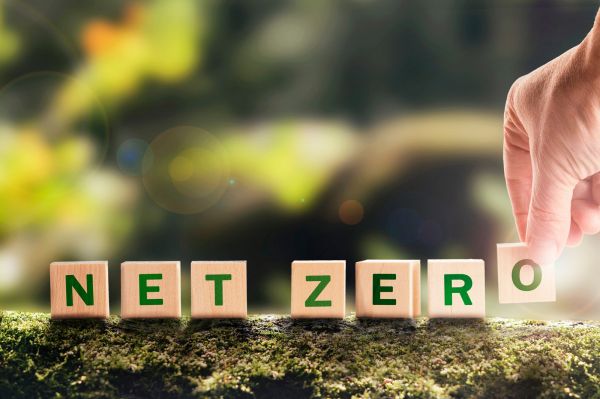
Matt O'Keeffe
Editor
No balance sheet for net zero

Farming would seem to be an obvious candidate to benefit from the net zero carbon template, except it is not working out that way. Such obvious offsets as solar installations and substituting fossil-fuelled energy use for a renewable source of electricity are not allowed as an offset on a farm’s carbon account. Instead, the energy sector is the beneficiary of this carbon credit. Likewise, in the event that a farm uses wind-generated energy to provide electricity on the farm, that cannot be used to deliver a carbon account credit. Again, the energy sector gains credit. The list does not stop there. The development of an anaerobic digester renewable-gas-production system on a farm would not result in a credit being written into a farm’s carbon account. The establishment of a forest enterprise has no positive effect on a farm carbon balance sheet, even though trees have the potential to sequester vast amounts of carbon for up to hundreds of years, increasing incrementally as the years go by. Apparently, because the State supports forestry, it secures any carbon credits accruing to a plantation. On a pasture-based farm, there would be an expectation that grass, as it sequesters carbon from the atmosphere, would qualify for credits on the carbon account. Not so. Soils are well known for their ability to take in and store carbon, and with careful management, sequester additional carbon deposits over time. That scientific fact does not deliver a carbon credit on the farm carbon balance sheet, either.
Focus shift
The entire focus has been on cows emitting methane through respiration. No notice is taken of, and no credit is given for, the fact that livestock-production systems are based on a circular sequence of actions. The cow eats grass, belches methane as part of its natural digestive system, and the methane, over time, in the form of CO2, is sequestered by grass as part of its growth pattern. The result, in a stable population of cattle, is net zero carbon release on the balance sheet. There is no new carbon being produced, simply a circular movement as grass operates its phenomenal ability to use photosynthesis as the natural process through which it lives and grows. Google reminds us that photosynthesis is the process by which plants, including grass, use sunlight, water and carbon dioxide to create oxygen and energy in the form of sugar, the result being the verdant growth so closely associated with Irish pasture-based livestock farming. This natural phenomenon is ignored completely when any assessment is made of the impact of livestock farming on the environment and, most especially, when assessments are being made around methane outputs from livestock.
Four legs bad
There is a lazy assumption when it comes to livestock production, that – to paraphrase the Animal Farm mantra – ‘four legs bad’. There is the view that cattle have an entirely negative effect on the environment and contribute, without mitigation, to increases in greenhouse gases, especially methane. The reality is nowhere near as simplistic as that.
Yet, we continue to hear about the necessity to reduce cattle numbers in Ireland. Apart from the Brazilian ambition to increase its cattle herd by a margin greater than four times the entire Irish herd, the execution of this scientifically lazy, ill-conceived and flawed demand would be economically and socially damaging, and environmentally irrelevant.




